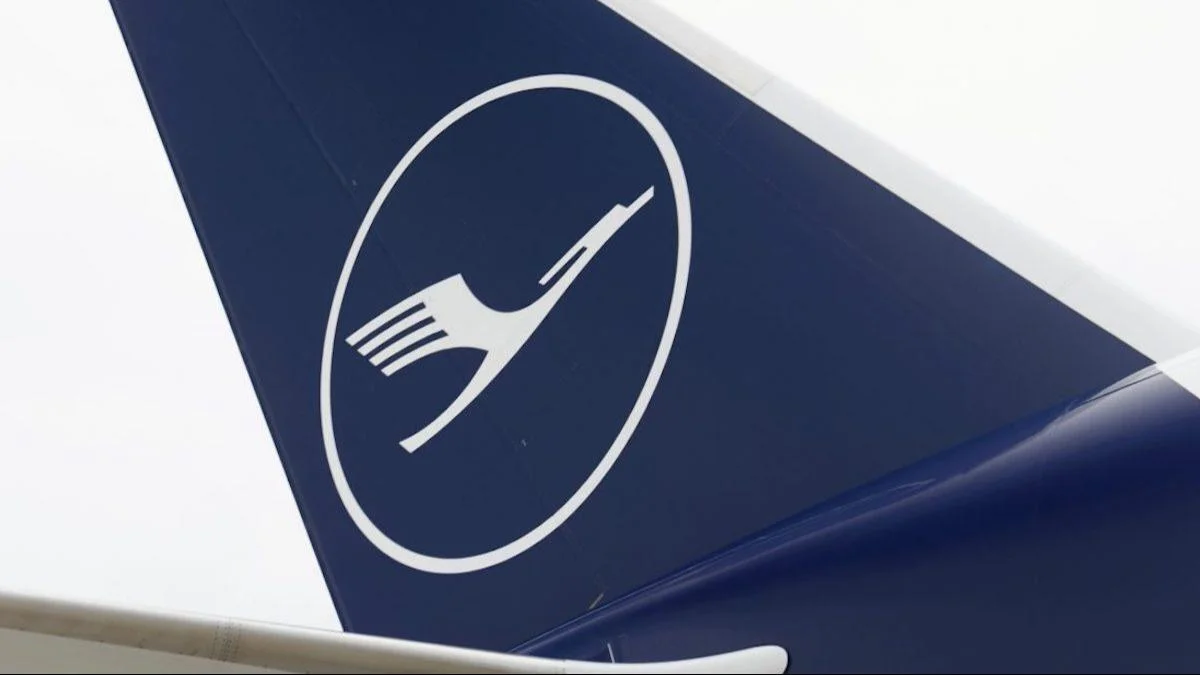During the early years of commercial aviation, air travel was considered a premium experience. Other forms of transportation, such as railroads and steamboats, were more affordable options for travelers. High operational costs meant that airlines had to keep fares high to cover expenses. As the industry evolved, two major developments helped reduce per-seat operating costs: deregulation and technological advancements following World War II.
Deregulation allowed airlines to offer discounted tickets to leisure travelers while charging higher prices for business travelers. This price differentiation enabled airlines to provide discounts to those with flexible travel plans or willing to fly on low-demand days. Technological advancements during the war resulted in lighter aircraft with powerful engines capable of longer flights, leading manufacturers to focus on civil aviation post-war.
These innovations allowed airlines like British European Airways (BEA) to operate more efficiently, reducing fares over time. BEA, a state-run carrier before British Airways' establishment, operated routes within Europe and from the UK to various destinations. Comparing BEA's 1951 fares with today's prices highlights how flying costs have changed.
 Alerts Sign-up
Alerts Sign-up


















